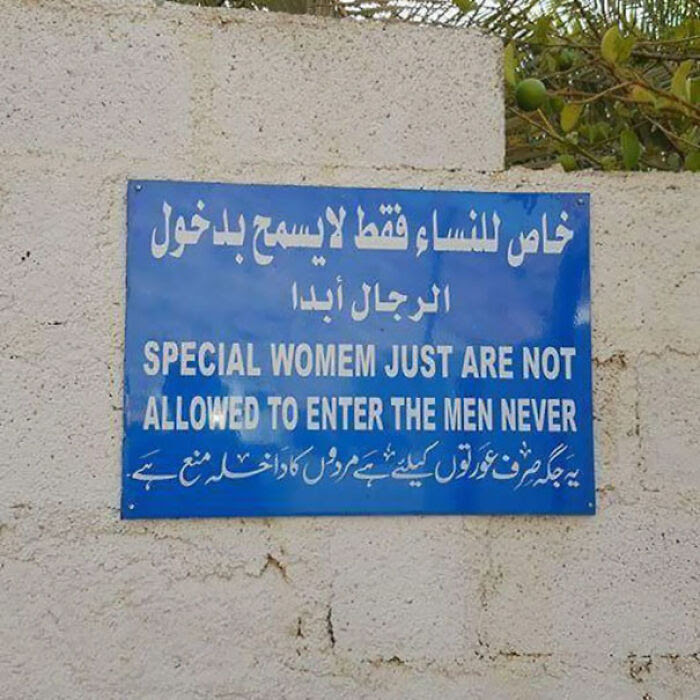A new, old letter: spellings and the pronoun wars, part ∞
Thæ're serious:
Why There's A Campaign To Re-Introduce A Historic Letter Back Into The Alphabet
It all stems from Old English
By Kate Nicholson, HuffPost (9/6/23)
FWIW:
A new campaign hopes to make day-to-day life more gender-inclusive by reintroducing the ancient symbol Æ back into the alphabet.
Five global organisations, Divergenres, Aunt Nell, Gender X, Utopia and WongDoody, are working together to launch a campaign in London and New York called: “Let History Say Thæ Exist.”
…
